The politics of exhibiting major international contemporary artists in Australian art galleries – Gerhard Richter in Brisbane Brisbane’s blockbuster exhibition Marvel: Creating the Cinematic Universe closed in September 2017 having drawn over 269,000 visitors, while Melbourne’s Vincent van Gogh and the Seasons closed a couple of months earlier with the staggering attendance figures of 462,262 ticketed visitors for its 76 day season. There is undoubtedly an audience for major art exhibitions, but does an audience exist for major contemporary international artists? The National Gallery of Victoria’s David Hockney proved a success, and now the QAGOMA is presenting a major retrospective of the work of the German maverick, Gerhard Richter. Of the three giants of post-war German art – Joseph Beuys, Anselm Kiefer and Gerhard Richter – Richter is the most elusive, enigmatic and seemingly impossible to pin down. With his compatriots, Richter shares a basic Existential philosophy, where there exists no pre-ordained order or rationale for being and the artist is called upon through action to create meaning and an identity. However, unlike many of his compatriots, Richter rejects the binaries that so often define art practice – abstract versus figurative, conceptual versus object art, or painting versus photography – collapsing them into a continuum. In his practice, photography is inseparable from painting and each carefully crafted art object belongs within a framework of conceptual art. 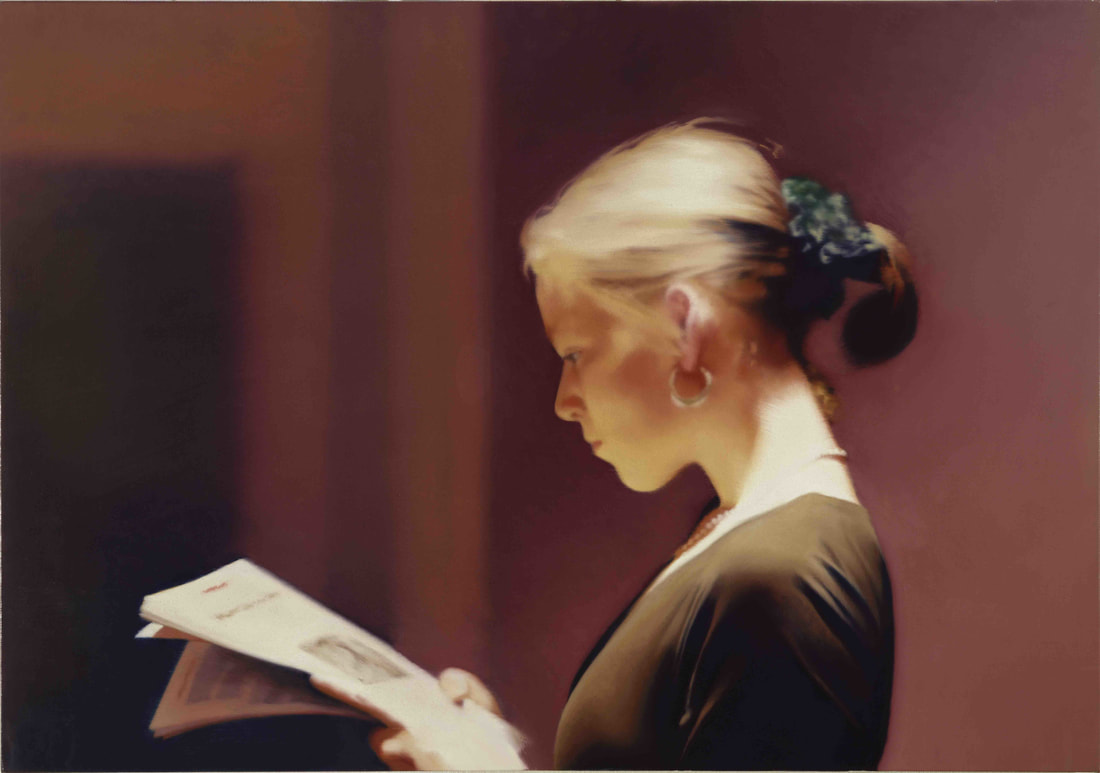 Gerhard RICHTER Germany b.1932 Reader (804) 1994 Oil on canvas 72 x 102cm Collection: San Francisco Museum of Modern Art, USA Purchase through the gifts of Mimi and Peter Haas and Helen and Charles Schwab, and the Accessions Committee Fund: Barbara and Gerson Bakar, Collectors Forum, Evelyn D. Haas, Elaine McKeon, Byron R. Meyer, Modern Art Council, Christine and Michael Murray, Nancy and Steven Oliver, Leanne B. Roberts, Madeleine H. Russell, Danielle and Brooks Walker, Jr., Phyllis C. Wattis, and Pat and Bill Wilson © Gerhard Richter 2017 Richter in 1986 observed that in his paintings motifs evolved as the painting progressed and as “there is no central image of the world (world view) any longer: we must work out everything for ourselves, exposed as we are on a kind of refuse heap, with no centre and no meaning; we must cope with the advance of a previously undreamt-of freedom. It also conforms to a general principle of Nature; for Nature, too, does not develop an organism in accordance with an idea: Nature lets its forms and modifications come, within the framework of its given facts and with the help of chance.” The exhibition at Brisbane’s GOMA, the largest Richter exhibition ever assembled in Australia and drawn from numerous collections internationally, highlights this slippery, mercurial quality of Richter’s practice. In a methodical, even Germanic manner, Richter assembles a huge personal encyclopaedia of sources and images that constitute his famous Atlas project. Commenced in 1962, when the artist was 30, it is a vast and on-going, unedited archive/scrapbook that stretches hundreds of metres and resides in the Städtische Galerie im Lenbachhaus in Munich. In Brisbane, we have a selection of approximately 400 panels titled Atlas overview (a bit under half of the original) exhibited as a facsimile colour reproduction of the artist’s photographs, media clippings, drawings and annotations. Richter observed in an interview with Dieter Schwartz in 1999, “In the beginning I tried to accommodate everything there that was somewhere between art and garbage and that somehow seemed important to me and a pity to throw away.” Richter’s interests are wide-ranging, including holocaust photographs, family snaps, hard-core porn, photographs of terrorists, houses, faces, landscapes, doors, and so on. They are all arranged in formal categories of shape and size, rather than thematically, leading to the uncomfortable juxtapositioning of bodies at Auschwitz and pornographic images of sexual acts. What is almost totally absent is images of works of art by other artists – paintings, sculptures, drawings – Richter appears to have ascribed to the idea so eloquently expressed by Jean Dubuffet: "Art ... loves to be incognito. Its best moments are when it forgets what it is called." Although Richter’s range of mediums is bewildering in its diversity, there are two prevailing aesthetic concerns throughout his practice. One is his love of blurring images, as he once famously pronounced, "I blur to make everything equal, everything equally important and equally unimportant." The other is his love of the colour grey where, in a much quoted 1975 letter to Edy de Wilde, the famous director of the Stedelijk Museum Amsterdam, he observed, “To me, grey is the welcome and only possible equivalent for indifference, noncommitment, absence of opinion, absence of shape. But grey, like formlessness and the rest, can be real only as an idea, and so all I can do is create a colour nuance that means grey but is not it. The painting is then a mixture of grey as a fiction and grey as a visible, designated area of colour.” In the exhibition, we have deliberately blurry grey paintings of much enlarged tourist snaps of the pyramids or fighter planes, as well as family photographs of Uncle Rudi (1965), shown in his Nazi military uniform, or Aunt Marianne (1965) holding the infant artist. Richter by deliberately blurring the image rescues it from the sameness of a media image and gives it a handcrafted personalised quality, which both reveals and conceals content. There is a certain matter-of-fact presence in these images that neither sentimentalises nor condemns the content. The four Birkenau paintings from the Auschwitz Cycle from 2014 form one of the highlights of the exhibition. The paintings refer to the Nazi concentration camp at Auschwitz-Birkenau and the four photographs smuggled out of the camp in a tube of toothpaste and included in his Atlas installation. The photographs Richter apparently drew onto the canvas in pencil, but soon gave up the idea of realising them as his usual blurry grey tone images. Instead, he covered the canvas with paint and dragged a squeegee across the surface, smearing the legibility of form, and the surface became a sombre mix of blacks, greys and ash white with occasional bursts of green and blood red. The Birkenau paintings assert a very powerful presence, simple yet haunting. They could be seen as a metaphor for history itself, where truth lies concealed underneath encrusted layers of time and can never be fully revealed. This first retrospective exhibition of Gerhard Richter’s work in Australia is a brilliant and challenging event on the national arts calendar. Although it may not attract the huge crowds that may come to see an exhibition of comic strip heroes or pretty frocks, it will have a real impact on art making in this country and artists throughout Australasia will be making a pilgrimage to Brisbane. It is a show that should not be missed. Gerhard Richter: The life of images
GOMA, Brisbane October 14 – February 4, 2018
0 Comments
|
GRISHIN'S ART BLOG
Sasha Grishin AM, FAHA is the author of more than 25 books on art, including Australian Art: A History, and has served as the art critic for The Canberra Times for forty years. He is an Emeritus Professor at the Australian National University, Canberra; Guest Curator at the National Gallery of Victoria, Melbourne; and Honorary Principal Fellow, Faculty of Arts, at the University of Melbourne. Archives
June 2024
Categories
Keep up-to-date with Sasha Grishin's blog with the RSS feed.
RSS offers ease of access and ensures your privacy, as you do not need to subscribe with an email address. Click here to download a free feed reader |
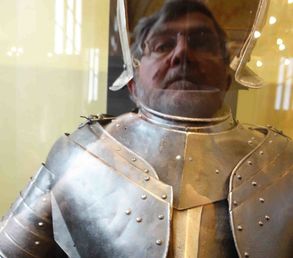
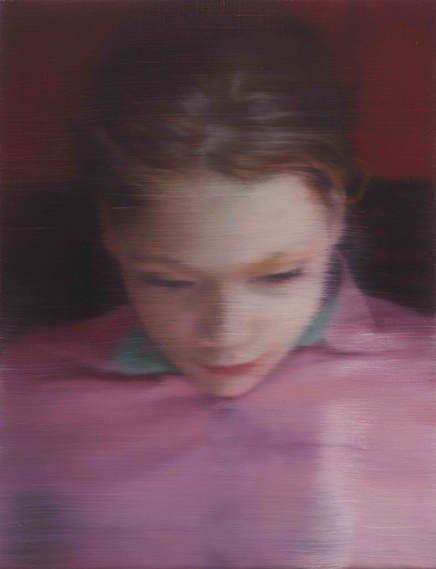
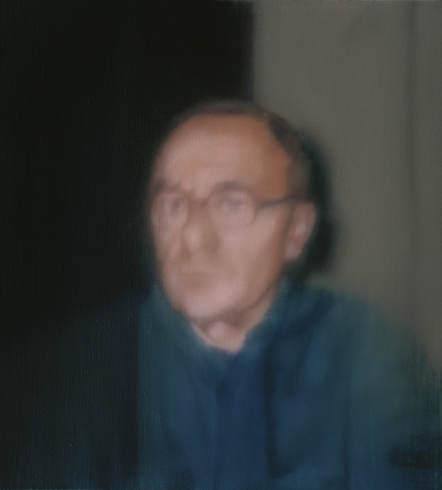
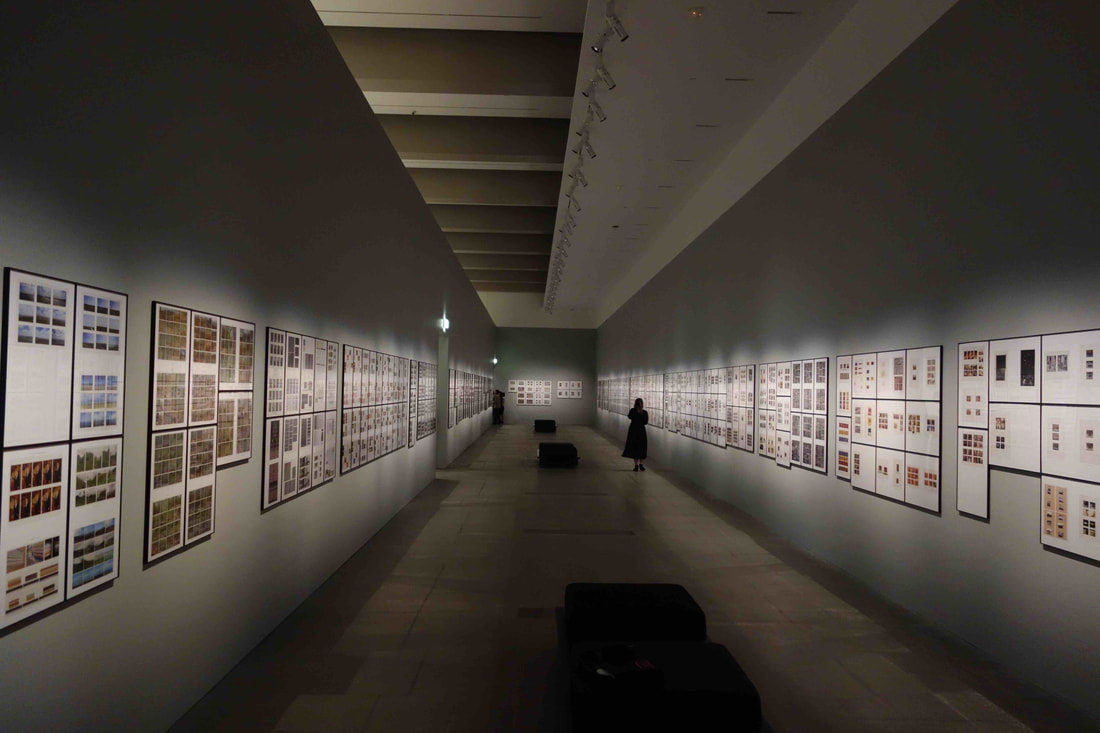
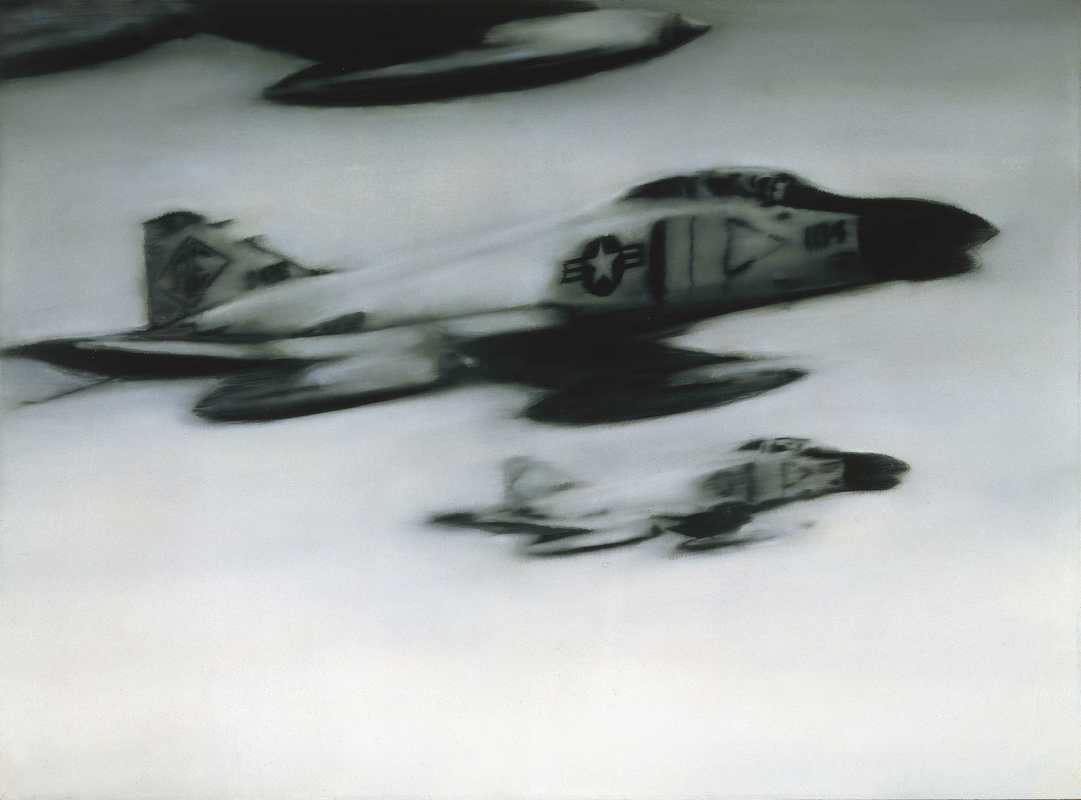
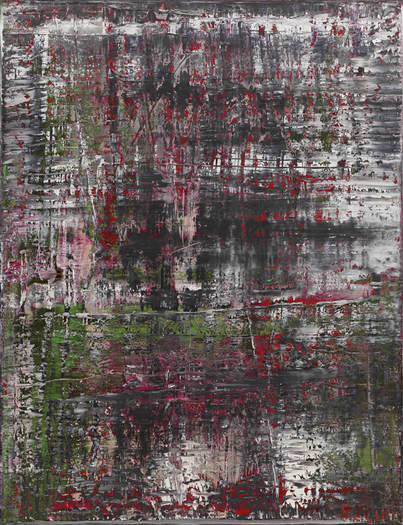


 RSS Feed
RSS Feed